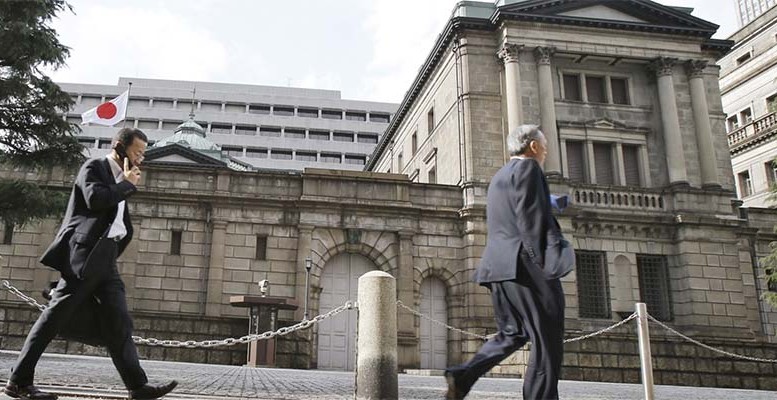Alicia García Herrero (Natixis)| The Bank of Japan (BoJ) has been in the limelight since major central banks in the world, as specially in Fed, started hiking rates. For months, as Japan began to see a rapid increase in inflation, financial markets started to put depreciating pressure on the Yen and upward pressure on the yield of Japanese Government Bonds (JGBs), capped by the Yield Curve Control (YCC) introduced by the BoJ in 2016. Such market pressure was shrugged off by the BoJ arguing that inflation in Japan was only temporary and that a solid increase in wages was needed before moving out of negative interest rates.
However, things started to change three weeks ago with increasingly hawkish comments by the BoJ. Board member Takata said on February 29th that the BoJ should consider overhauling the ultra-loose monetary policy, as prospects for achieving the 2% inflation target are finally coming into sight. His hawkish messages were echoed on the board member Nakagawa’s speech on March 7th. Furthermore, Governor Ueda reaffirmed on March 12th that the Japanese economy was more resilient than expected, after the revision of the 4th quarter GDP, and signaled that the spring wage negotiation should go in line with this resilient economy. All the above points to the BoJ rapidly turning to supporting an exit from negative rates. This decision, which could come as early as March, is grounded on what the BoJ calls “virtuous circle” between inflation and wage developments.
When thinking about the recent acceleration of the BoJ’s intention to exit negative rates, and possibly YCC, one needs to realize how important the Fed stance is for the BoJ, at least in this cycle. Every delay in the market’s expectation for the Fed to start the cutting cycle ended up with pressure on the Yen and the 10-year JGB yields. During the past week, surprises on US employment and inflation data and the related further delay in market expectations for Fed rate cuts are probably behind the acceleration in the BoJ’s verbal support for a rate hike.
On that basis, a hike in March looks increasingly likely even it would come from some question markets on the front of the BoJ’s credibility. Firstly, the spring wage negotiation season will not be done by the time of the BoJ meeting on March 19th (only the first round of negotiations has been issued, which has been rather positive). Secondly, both headline and core inflation are coming down quite aggressively but not enough to have yet positive real wages in Japan.
Notwithstanding the above, the BoJ seems ready to exit, pressured by a strong USD and high US rates. Even Kishida has just made a comment on how wages are set to outpace last year’s growth. So, consensus has fully been built in Japan.
BoJ turning to a swifter exit, pushed by further delays in Fed cuts
 Bank of Japan
Bank of Japan




